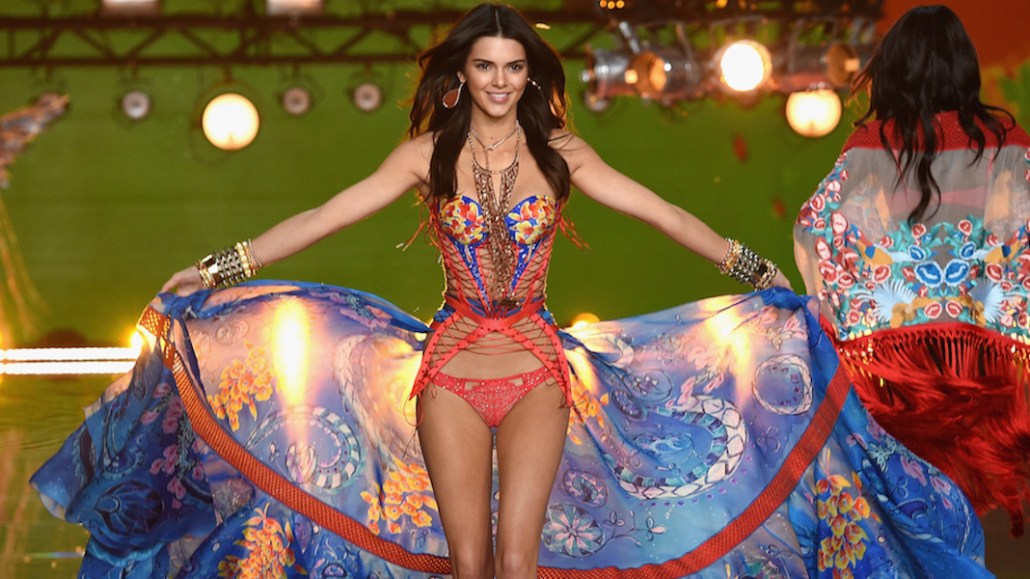‘They’re constantly shilling for someone’: Brands share their biggest challenges when working with influencers

Brands have developed a love-hate relationship with influencers. While the Instagram-famous can drive traffic, conversion and brand awareness, a lot of that success is riding on relationships. If an influencer doesn’t care about your product, any #sponcon is probably going to land flat.
Still, the influencer marketing industry is growing, and navigating this space is top of mind for marketers. At the Glossy Hot Topic: Influencer Marketing event in New York this week, we gathered together influencers, executives from fashion and beauty brands, and agencies to talk strategy around this relatively new space. We held parts of the discussion under Chatham House Rules, on the record but without attribution. Below are some of the best one-liners regarding influencer challenges.
Driving conversion
“I have the luck of working with a brand that is all direct-to-consumer, so we can actually track ROI. If it was any other [wholesale] brand, we would be counting engagements and hoping that we can see increased affinity or interactions over time.”
“Influencer agencies can help you find someone who drives high conversions. Someone with heavy blog traffic has a lot of conversions, which means a lot of success, and the Instagram Story swipe-up drives so much of that traffic.”
Microinfluencers vs. big followers
“We’ve been testing microinfluencers, with 10 or 20,000 followers. Our brand skews older; we’re not talking to millennials. In terms of the right influencers who can talk about our brand, what does that person look like, and how do they talk about our product? For us, it’s been a test and learn, and the fruits of the labor are that microinfluencers do work when they’re right for the brand. The trick is that they’re harder to get.”
“One of the problems with bigger influencers is knowing, ‘What do they stand for?’ They’re constantly shilling for someone. We’ve gifted product to someone before, and then I’ve seen that influencer using their name to sell it on Poshmark. That negates any sort of positive brand building, and truly reveals that they don’t care at all.”
“There are so many names: influencers, content creators at macro to micro-ranges, customer advocates. For us, there hasn’t been one type of influencer who converts or is better over another. The lesson is: I don’t think there’s one way to do things.”
“We have young influencers. A lot of them are in college, and they’re thinking, ‘What’s my game plan after graduation? I want to work for a real company.’ So, we’ve hired influencers as interns, getting them to talk about the brand while working at our company. They’re highly networked, and we can get new followers and give them experience.”
“We typically work with tier 2 and 3 microinfluencers. But now we’re diving into the deep end and doing a collaboration with Kendall Jenner, which is an investment but it’s strategic. We’re a brand that serves an older demographic, and we want to move it to a younger consumer.”
“I’m targeting college kids, and they have so much noise in front of them constantly that the decision to convert is long-tail when it comes to influencer marketing. They’re looking at influencers on Instagram, researching products on YouTube. A lot of work has to be done to close that gap, and there are ways outside of influencer marketing that are better for conversion, like paid Facebook ads, for instance. But influencer marketing does help in the grand scheme of things, you just have to balance and account for actual conversion.”
Looking beyond Instagram
“Our customer skews younger than college kids, and what we heard from them was: YouTube. YouTube is like a search channel: You can watch unboxing videos, see the quality of products, how things fit. It’s more expensive to work with YouTubers, but that’s the content that can seal the deal in terms of sales.”
“Why is nobody talking about Pinterest? Everyone talks about Instagram, and maybe Pinterest is less exciting, but there are a lot of people who go there to plan for events where they’ll be spending money.”
“As far as influencer campaigns on Pinterest go, I wouldn’t put my money there necessarily. But promoted pins are better in that they’re not like Facebook or Instagram. When the campaign ends, they don’t go away. You get another month or two of visibility.”
Defining the end goal
“We once paid an outrageous fee to bring an influencer on tour, take a few photos, and it was a horrible waste of money. It’s really what you want out of it. At the time it was new to work with an influencer in that capacity, but we didn’t know what we wanted to get out of it.”
“Some influencers are really good at creating content, and they’re there to save you time and effort on creating your own content. That’s valuable. Some have a really engaged audience, where they influence purchase directly. Some have a presence across multiple platforms. The vetting part is the toughest part, but you have to know what you want.”
More in Marketing

How brands like Vuori, Rothy’s and Away have adapted to the new DTC landscape
At NRF 2026, a panel of executives laid out the lessons learned from operating DTC brands over the past decade.

As OpenAI gears up to launch ChatGPT ads, marketers try to keep up
Marketers were just getting used to how to show up organically in the platform. Now they have to figure out the next phase: paid.

Avocados From Mexico turns to AI to advertise around the Super Bowl instead of a TV buy
As Super Bowl ad prices climb, Avocados From Mexico is leaning further into an AI activation designed to drive engagement and utility in real time.









